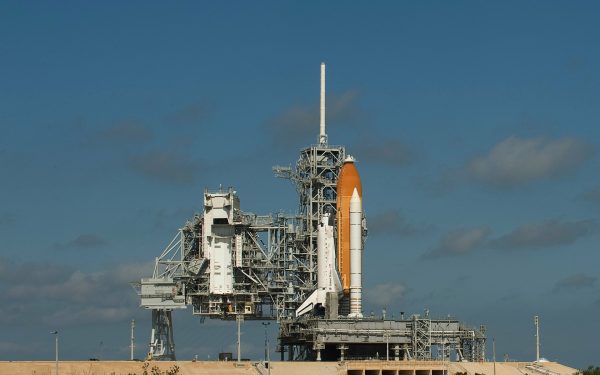

How Is Helium Extracted, and Are We Running Out?
Helium may be the second most abundant gas in the universe, but it is also the second lightest, making it easy to slip right out of the earth’s atmosphere. While outer space is overflowing with Helium, its presence deep under the earth’s crust makes it difficult to harvest.
How Is Helium Extracted?
Helium is mined along with natural gas, using a drill rig to drill wells deep into the earth’s crust. A drill rig must penetrate a layer called the Cap Rock to reach a natural gas reserve. Once located, the natural gas and Helium rise and fill the rig, which are then led through a series of piping systems that transport the natural gas and crude Helium to a refining plant.
Most crude Helium tapped from natural gas reserves is only around 50% pure, so other gases must be separated through a scrubbing process. There is a significant amount of Nitrogen in crude Helium, as well as methane gases that must be removed. Cryogenic separation units compress the crude Helium, cooling the gases at subzero temperatures until they are liquified. Once liquified, the Nitrogen and methane gases are drained.
After this cooling process, heat and Oxygen are added to remove any Hydrogen left over. When Hydrogen and Oxygen molecules meet, they create water. The gases undertake an additional cooling process, in which the Hydrogen and Oxygen are drained from the mixture. Once Helium has gone through each of these steps, tiny particles are added to complete additional purification until the Helium reaches 99.99% purity.

Where Is Helium Found?
Where on earth is helium found? Wherever large deposits of uranium are located, Helium will also be found. Most of the world’s Helium comes as a byproduct of decaying uranium and fossil fuels. Today, the world’s Helium supply relies on reserves in the United States, the Middle East, Russia and North Africa. There are only 14 liquid Helium refineries in the world, half of which are in the United States. The rest are in Qatar, Algeria, Australia, Russia and Poland. The US Bureau of Land Management (BLM) has been responsible for over half of the world’s Helium supply, which is located in Amarillo, Texas, but is expected to go offline in 2021.
In 2016, a large reserve was discovered in Tanzania that hopes to go online by the end of 2020. Helium reserves are currently being sought out in North America near the Four Corners, Montana, Saskatchewan and Banff, which will be essential resources when the BLM goes offline.
Are We Running Out of Helium?
The BLM Helium reserve is located in the Texas panhandle, stretching through Oklahoma and Kansas. While the reserves have taken millions of years of radioactive decay to cultivate, the BLM has taken nearly 100 years to deplete the supply. It was established in 1925 and is expected to run out by 2025. However, the BLM has until September 2021 to sell all of its federally owned assets, which includes plant facilities, crude Helium pipelines, gas wells, maintenance stations and storage systems. According to gasworld, these assets will be sold in auctions or sealed bids to public or private parties. During the transition, the plant will at least be shut down temporarily, greatly affecting the Helium market across the world.
With the discovery of the deposit in Tanzania, there is hope that the Helium market will be sustainable for some time after the BLM goes offline, or eventually runs out. Even so, deposits of this non-renewable resource will continue to be depleted rapidly if conservation and recycling efforts are not made. Large companies like General Electric have been innovating Helium recycling systems for MRI machines. The medical, automotive, aerospace, balloon and other industries that rely on Helium will be negatively affected if the Helium market continues to fall at such a rapid pace.

What to Expect if Your Business Relies on Helium
At Rocky Mountain Air, we work hard to provide our customers with the gases they need, when they need them. The price of Helium is expected to rise, and that is to be expected until new reserves come online.
RMA offers two types of Helium for our contracted customers: balloon-grade and Ultra High Purity Grade. Balloon grade Helium is used strictly for balloons and is not adequate to be used as a shielding gas or in any medical capacity. Ultra High Purity Grade has undergone the scrubbing process after extraction, and is safe for welding, industrial and medical applications. With the market tightening, it is vital to have a partnership with a reliable gas company, as many including Rocky Mountain Air and other gas distribution companies will only be able to sell to contracted customers.
Contact your local Rocky Mountain Air branch in any one of our five states (Colorado, Utah, Nebraska, Idaho, Wyoming) for any questions about Helium pricing, and continue to keep up with all of the latest Helium news to see how the fluctuating market could affect your business.



